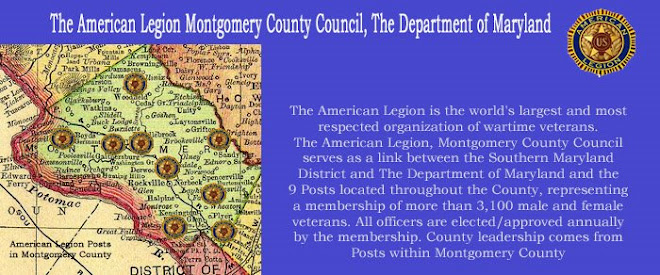INDIANAPOLIS (Aug. 5, 2009) – The best veterans benefit in a generation just got better, said the head of the nation’s largest veterans service organization, American Legion National Commander David K. Rehbein.
“The new GI Bill is making it possible for today’s veterans and family members to obtain the higher education that they so richly deserve,” Rehbein said. “But even though this bill, made possible through the advocacy efforts of The American Legion and others, goes a long way toward expressing the gratitude this nation has toward its heroes, there were some inequities that needed to be corrected. The solution reached between California and VA is a step in the right direction.”
Rehbein was referring to disparities in the benefit caused by the wide ranging tuition rates found in different states. The Post-9/11 GI Bill educational benefit authorizes VA to pay the actual tuition and fees charged by a university up to the maximum in-state tuition and fees charged by the most expensive public university in the state. California state schools, however, charge little or no tuition, but instead label the cost as “fees.” The result of this semantic difference was that students attending private schools in California would receive a far smaller benefit than those attending private schools in other states.
The VA and California resolved the issue yesterday by allowing the Department of Veterans Affairs to accept a new California billing line item “Educational Fee / Tuition” to meet the requirements.
“The Post-9/11 GI Bill is an important part of fulfilling our promise to the men and women who have served our country so honorably,” Secretary of Veterans Affairs Eric K. Shinseki said. “This solution will allow all veterans who want to attend a California school the same benefits as any other veterans across the nation.”
Moreover, veterans at more than 1,100 private colleges, universities and schools across the country can benefit from the “Yellow Ribbon” program, which helps pay the difference between the highest in-state public school tuition rate and the cost of the private institution. The Yellow Ribbon schools agree to pay up to 50 percent of those expenses and VA will match the additional funding for students using the GI Bill.
Rehbein, who met with President Obama yesterday, said he is pleased that the president is taking an inclusive approach to using the GI Bill. Currently, National Guard members mobilized under “Title 32” state orders do not enjoy the same GI Bill benefits offered to their counterparts mobilized under federal orders.
“My general philosophy is that somebody who served in uniform on behalf of our safety and security, they should be eligible,” Obama said. “We want to be inclusive rather than exclusive. We want to encourage more people to use the program rather than less.”
The American Legion’s strong support of GI Bill benefits is nothing new. It was a past national commander of The American Legion, Harry W. Colmery, who wrote the original Servicemen’s Readjustment Act of 1944. As modern day tuition rates soared, The American Legion wanted today’s veterans to enjoy the same benefits as their predecessors. The Legion was the leading champion for ushering the new GI Bill through Congress.
“Passing this historic new GI Bill into law could not have happened without the dedicated efforts of The American Legion,” Chairman of the Military Construction and Veterans Affairs Subcommittee Rep. Chet Edwards said at the time.
Rehbein said that The American Legion will continue to advocate for greater equity and inclusiveness in the distribution of GI Bill benefits. He recommended that veterans contact The American Legion if they have questions about their benefits or visit www.mygibill.org .
“Whenever there is a program of this scope, there will be glitches,” Rehbein said. “This GI Bill, however, is a result of support from the grassroots, advocacy from The American Legion, and Congress doing the right thing. We are grateful for the agreement reached between VA and California . It’s now time to address any other inequities that exist.”
With a current membership of 2.5-million wartime veterans, The American Legion was founded in 1919 on the four pillars of a strong national security, veterans affairs, Americanism, and youth programs. Legionnaires work for the betterment of their communities through more than 14,000 posts across the nation.
Wednesday, August 5, 2009
Subscribe to:
Post Comments (Atom)




No comments:
Post a Comment